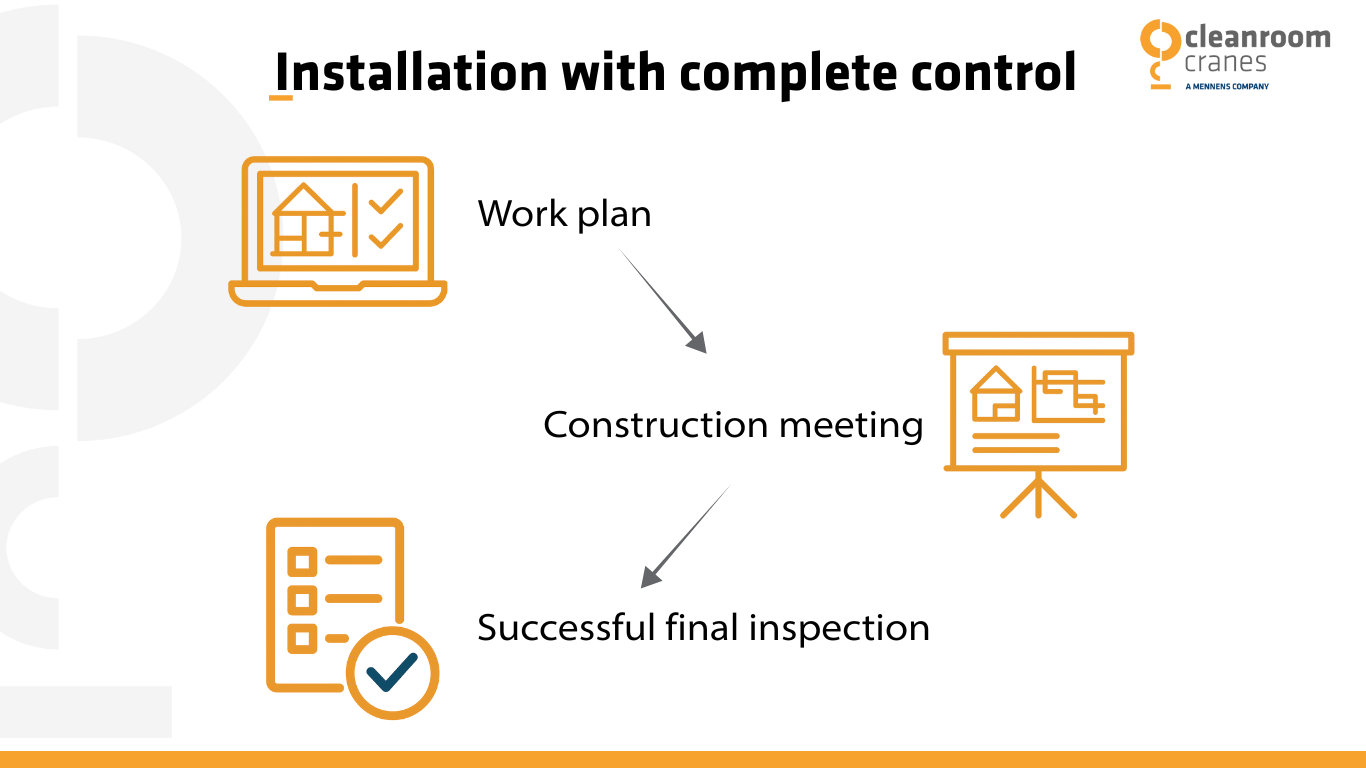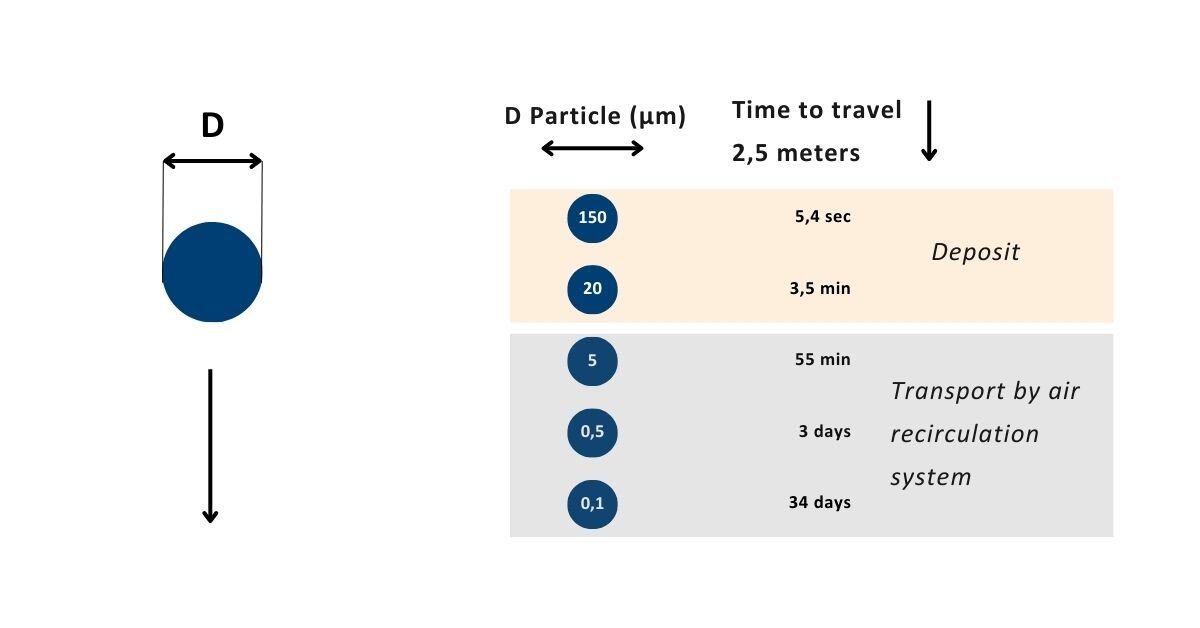Crane track, crane and trolley with hoist: a clear explanation
Cranes (11)
At first sight, a cleanroom crane appears as one complete system. In reality, it is made up of several components that work together to move loads with precision and control.

The main elements are the crane track, the crane and the trolley with hoist. Together, they form the crane assembly, which allows clean and precise load handling in controlled environments where reliability and accuracy are essential, such as high-tech manufacturing, pharmaceutical production and medical device assembly.







.jpg?width=414&height=414&name=Contact%20image%20414x414%20(1).jpg)